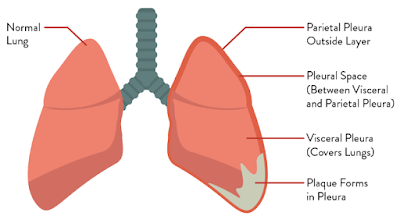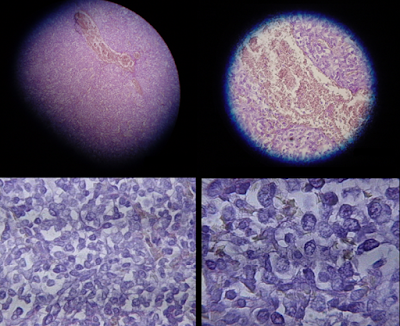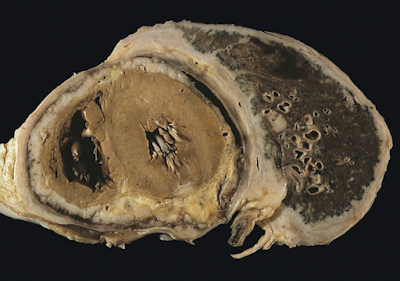Oral cancer can happen to anyone and before a person can be diagnosed with oral cancer, certainly there are a number of symptoms.
 |
| 12 Symptoms of Oral Cancer Mandatory Unknown |
These symptoms are some conditions that are not considered normal. Oral cancer itself is a cancer that can grow in the mouth and can clearly thrive on the palate, the walls of the mouth, gums, tongue and even the lips. Is oral cancer symptoms would need everyone aware of?













